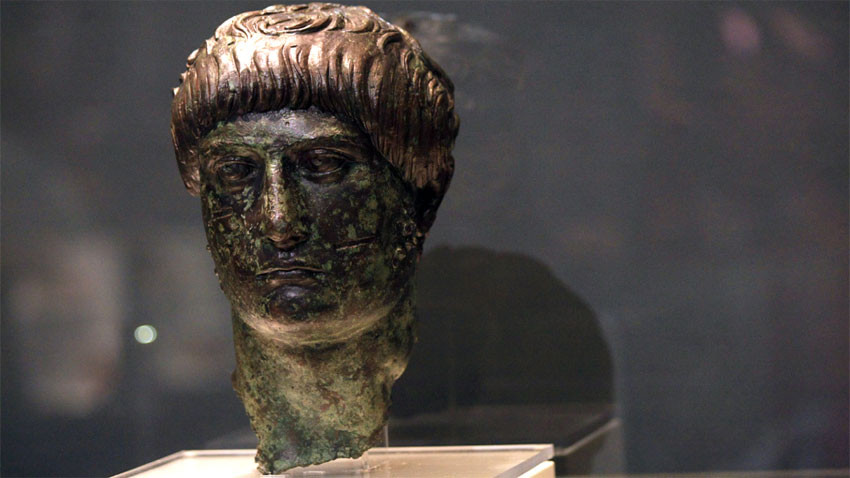
Archaeology is often associated with notions of treasure, gold and jewelry. However, treasures are not only the golden and pearl necklaces, but also all types of artefacts which reveal interesting details about the life of the ancient people, perhaps our unknown forefathers and their activities, joyful and sad moments.
2018 has been an interesting year, yet not exceptional
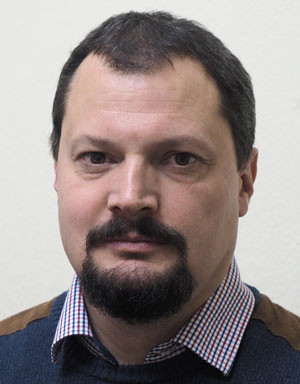 The year has not been much different for the Bulgarian archaeology, taking into consideration the rich cultural and historical heritage of this country. However, we can definitely outline several important archeological discoveries and researches, Associate Professor Dr Hristo Popov, Director of the National Archaeological Institute with Museum at the Bulgarian Academy of Science told Radio Bulgaria.
The year has not been much different for the Bulgarian archaeology, taking into consideration the rich cultural and historical heritage of this country. However, we can definitely outline several important archeological discoveries and researches, Associate Professor Dr Hristo Popov, Director of the National Archaeological Institute with Museum at the Bulgarian Academy of Science told Radio Bulgaria.
The treasure discovered in August in Kaliakra was among the most attractive (both for archaeologists and fans of archaeology) finds of 2018. Kaliakra was once a capital of the Dobrzudzha Despotate that split from the Second Bulgarian Empire at the end of the 14th century. The team of Bulgarian archaeologists was headed by Associate Professor Boni Petrunva (Director of the National Museum of History). The treasure consists of 957 items: silver and golden coins, golden earrings and buckles, etc. They present different cultures – Bulgarian, Ottoman and Byzantine. Archaeologists assume that the treasure was looted by Tatar invaders. It was found in a clay pot under the floor of an ancient house.
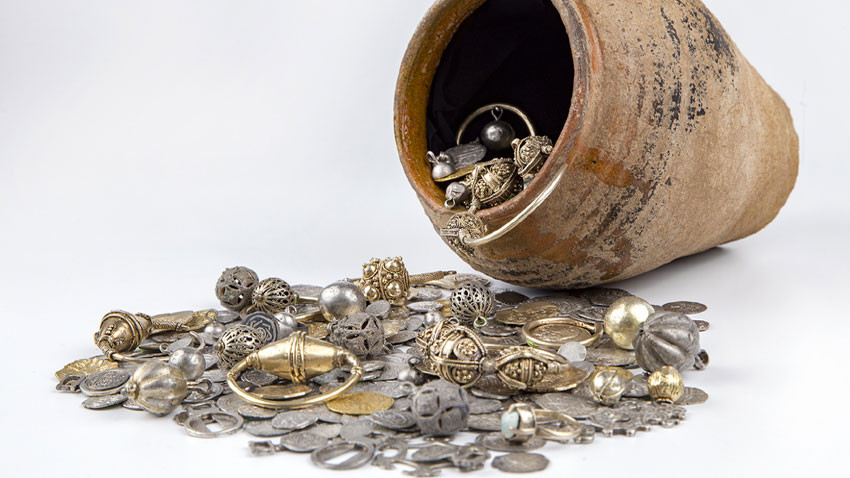
We should also mention the archeological researches in the region of Provadia (the salt mine, the prehistorical mound associated with salt mining) which have been lasting for many years. It is important to note that along with the positive results achieved during the archaeological research, tourists got access to the mound in 2018, Associate Professor Popov went on to say. The prehistorical town which is now known as Provadia – the Salt Mines was established more than 6,500 years ago. The oldest golden artifacts in Europe were discovered there. This year’s researches were mainly focused on the defense facilities which used to protect the local population who were well-off people, because the salt extracted in Provadia was once a very expensive and valuable commodity.
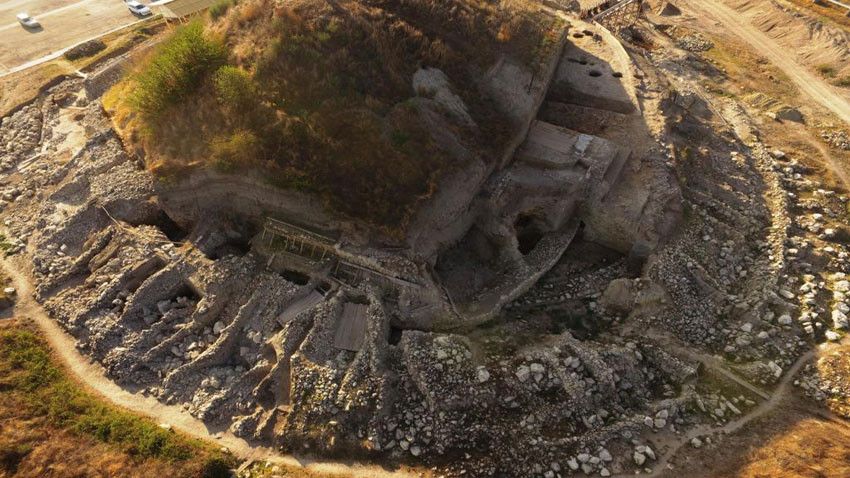
Another important prehistorical site is the Early Neolithic Settlement in Slatina (Sofia Municipality) founded at the end of the 7th millennium BC. Archaeological researches revealed very interesting details about the local population, their life, culture and mentality. For example, a ceramic pot with ornaments was perhaps a symbol of Mother Goddess and the food prepared in this pot was associated with the transition from wild to civilization.
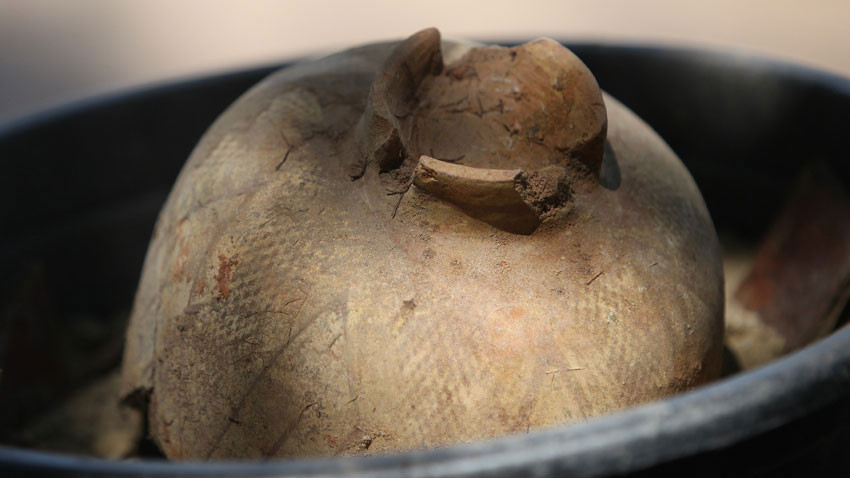
We have mentioned many times the ancient polis of Heraclea Sintica located in Southwestern Bulgaria near the town of Petrich, Associate Professor Popov says. It consists of beautiful statues and architectural complexes linked with the agora of Heraclea, Associate Professor Dr Hristo Popov says.The agora (the central city square) was in the heart of the ancient polis and a center of political, economic and cultural life. This year, the archaeologists found priceless coins minted in Heraclea, as well as wonderful statuettes. The coins were used as a local currency, but also showed the traditions and the superiority of the ancient polis to the younger Roman cities in that region. The polis is founded in the 4th century BC by Philip II of Macedon. That is why it was named Heraclea, because Heracles (Hercules) was considered a forefather of this dynasty.
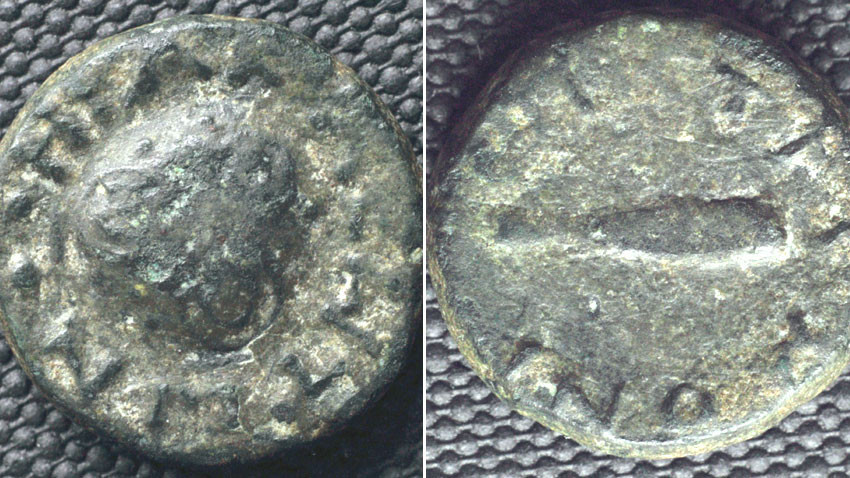
We should also mention a very important ancient site- Apollonia Pontica (now Sozopol) situated along the southern Bulgarian Black Sea coast, Associate Professor Dr Hristo Popov further said. In 2018 Archaeologists have made new discoveries at the necropolis of the ancient polis. The new discoveries in Apolonia were presented in Sofia in a large exhibition. Many museums, including the National Archaeological Museum and the Louvre, took part at that exhibition.
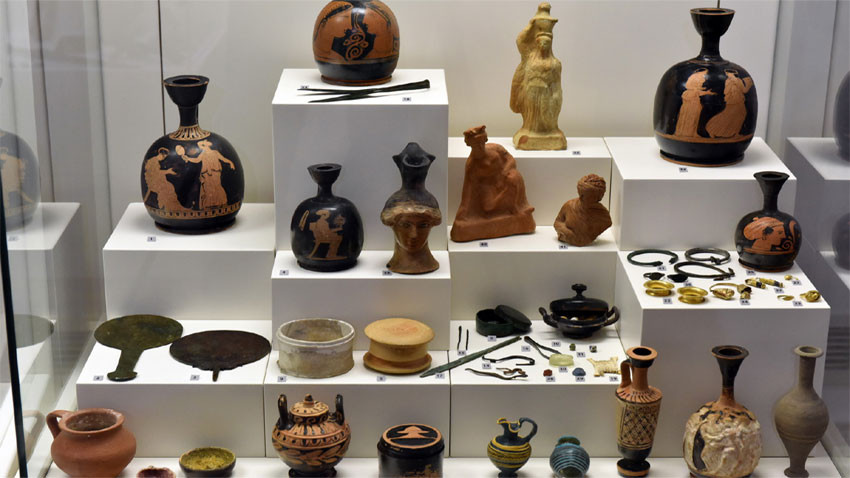
Of course archaeology is not an Olympic competition and the list of the important archaeological finds does not include the abovementioned sites only. Archaeologists made new discoveries at the ancient military camp and fortress of Novae near Svishtov which was a Roman base of Legio VIII Augusta formed by Julius Caesar.
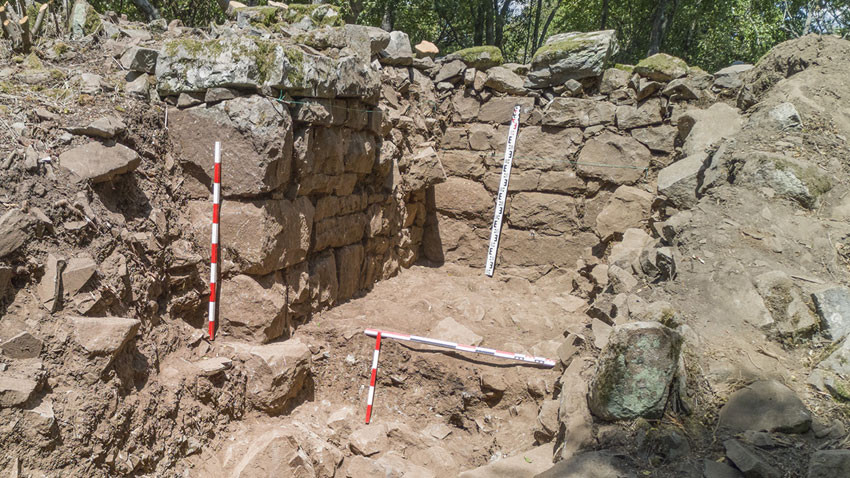
We should also mention the ancient fortress near the village of Ravadinovo, Sozopol Muncipality, as well as a unique Medieval gold-cross reliquary containing particle from the Holy Cross from Jesus Christ Crucifixion found in Trapesitsa fortress in Veliko Tarnovo dating back to the end of the 12th century.
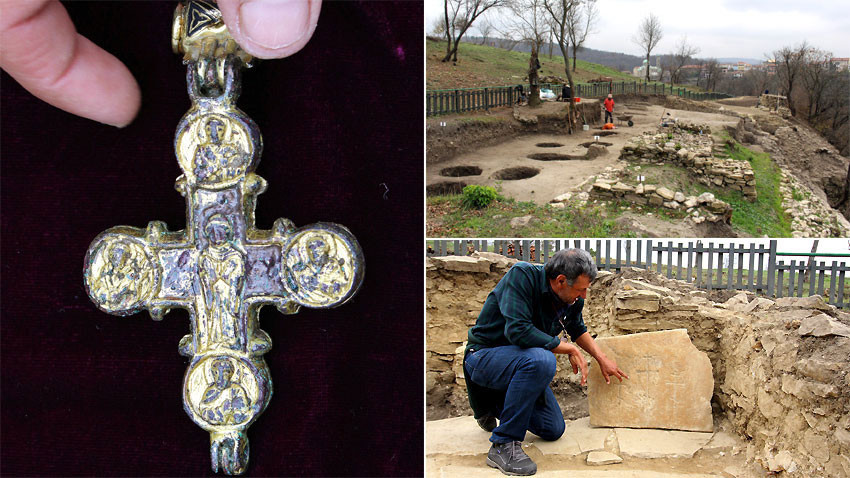
The underwater research mainly under the maritime archaeology project Black Sea (M.A.P Black Sea) continued in 2018. This year a team of Bulgarian and British scientists discovered what they believe to be the world’s oldest intact shipwreck- a Greek vessel which sank in the Black Sea 2,400 years ago. The discoveries at Saint Thomas Island right off the southern Black Sea coast were made by the Bulgarian underwater archaeologists. Once, Saint Thomas Island was a peninsula, but slowly submerged over the centuries. Remains of ancient (Perhaps Thracian) fortress and other interesting objects dating back to the 1st millennium BC was discovered under the water.
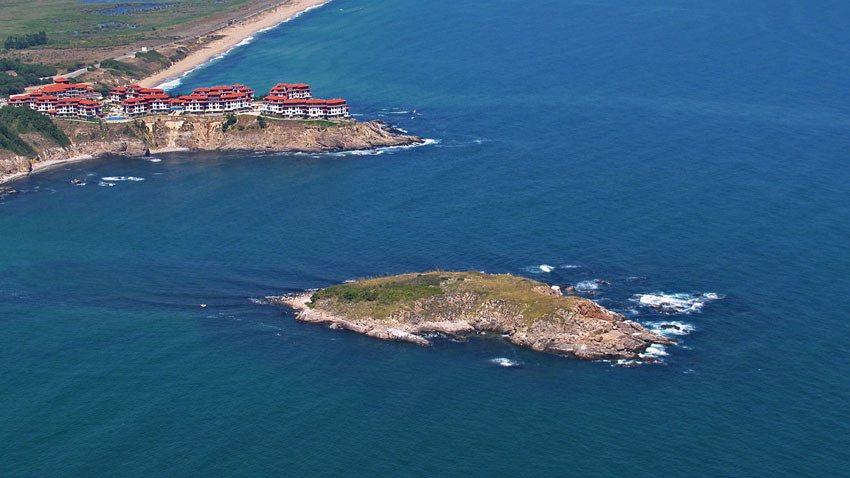
The exhibition Rescued Treasures of Bulgaria unveiled in October at the National Archaeological Institute was an important event for this country’s archaeology and cultural heritage. Over 300 exhibits owned by 19 Bulgarian museums, including the National Archaeological Museum, were presented at this exhibition. These exponents were indeed rescued from treasure-hunters and smugglers. The merit mainly goes to the Bulgarian Ministry of Interior and the special services.
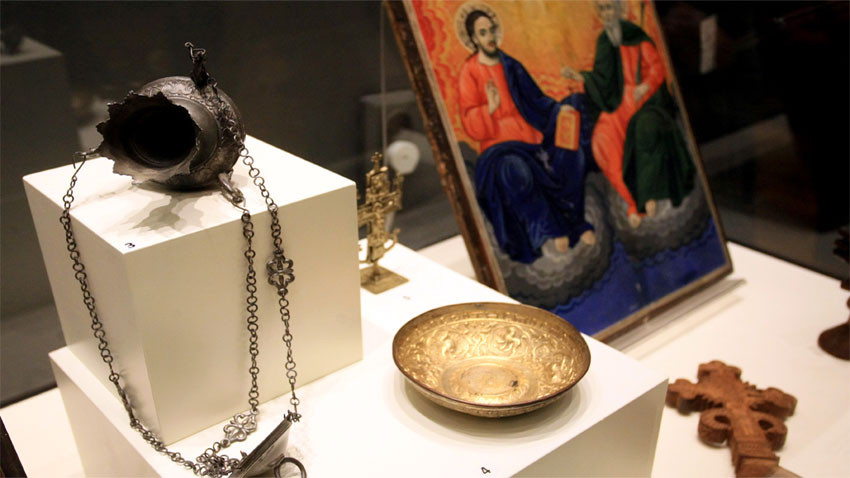
I am very pleased to see that many young and intelligent people who are also great professionals have been joining these services recently, Associate Professor Hristo Popov told Radio Bulgaria.
English version: Kostadin Atanasov
On 19 October 2025, the day on which Orthodox Bulgarians commemorate St Ivan Rilski the Miracle-Worker, the newly renovated St Ivan Rilski Church in Chicago will officially reopen its doors. Named after Bulgaria’s heavenly patron , the church will host..
Archaeologist Nikolay Ovcharov on Thursday announced the discovery of a large circular temple at Perperikon, the early-historic rock complex in the Eastern Rhodopes, BTA reported. Dating to the 3rd–4th centuries AD , the structure is believed to..
This summer, archaeologists once again breathed life into the legends woven into the rocks of Kaliakra . Among the ruins of the once majestic fortress above the Black Sea, over 400 artefacts were discovered, shedding new light on..

+359 2 9336 661
